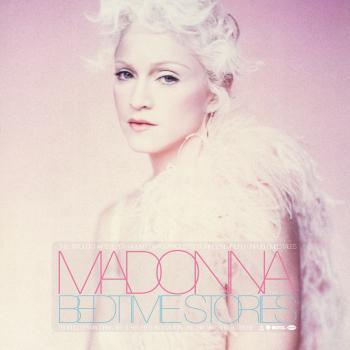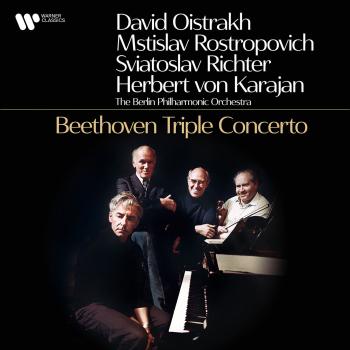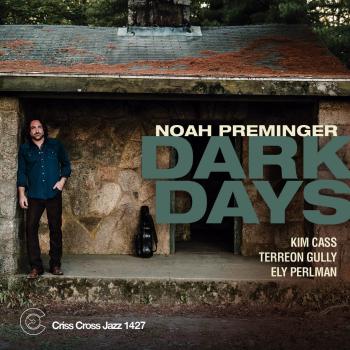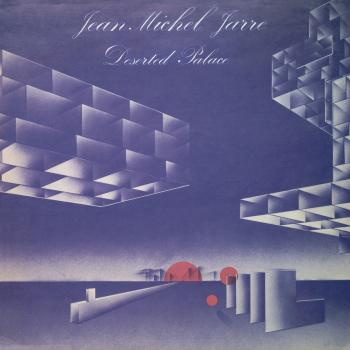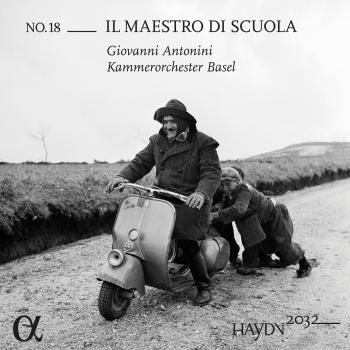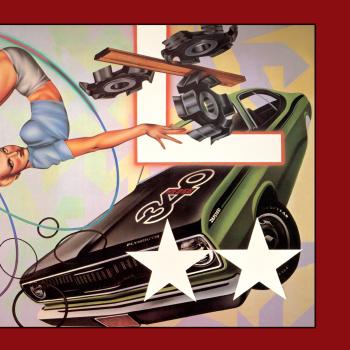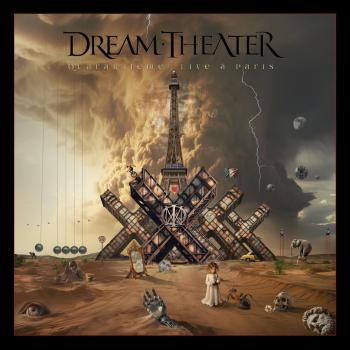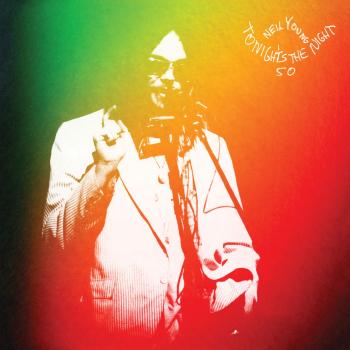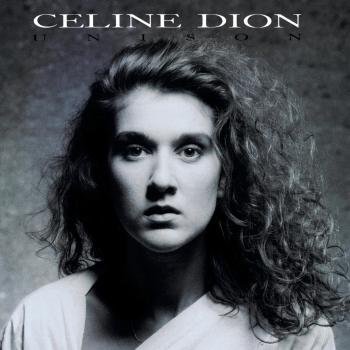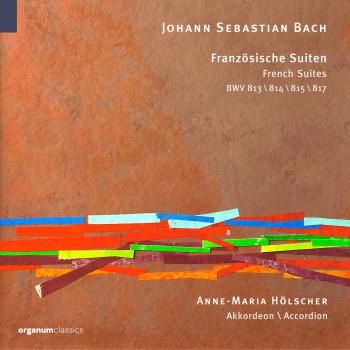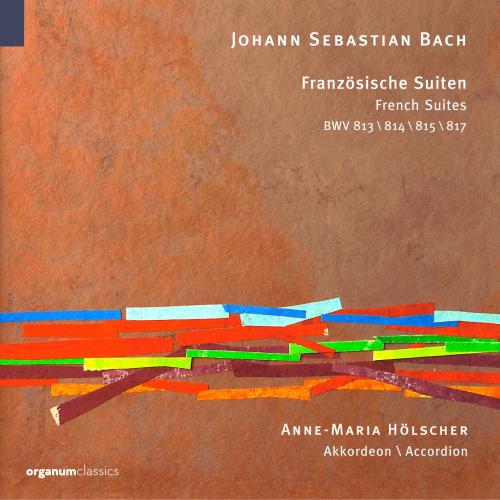
Johann Sebastian Bach: French Suites (Französische Suiten), BWV 813-815, 817 Anne-Maria Hölscher
Album info
Album-Release:
2025
HRA-Release:
28.02.2025
Label: Organum Classics
Genre: Classical
Subgenre: Instrumental
Artist: Anne-Maria Hölscher
Composer: Johann Sebastian Bach (1685-1750)
Album including Album cover
- Johann Sebastian Bach (1685 - 1750):French Suite No. 2 in C Minor (C-Moll), BWV 813:
- 1 Bach: French Suite No. 2 in C Minor (C-Moll), BWV 813: 1. Allemande (Remastered) 03:19
- 2 Bach: French Suite No. 2 in C Minor (C-Moll), BWV 813: 2. Courante (Remastered) 01:56
- 3 Bach: French Suite No. 2 in C Minor (C-Moll), BWV 813: 3. Sarabande (Remastered) 03:59
- 4 Bach: French Suite No. 2 in C Minor (C-Moll), BWV 813: 4. Air 01:27
- 5 Bach: French Suite No. 2 in C Minor (C-Moll), BWV 813: 5. Menuet I - II - I (Remastered) 03:30
- 6 Bach: French Suite No. 2 in C Minor (C-Moll), BWV 813: 6. Gigue (Remastered) 01:56
- French Suite No. 4 in E-Flat Major (Es-Dur), BWV 815:
- 7 Bach: French Suite No. 4 in E-Flat Major (Es-Dur), BWV 815: 1. Allemande (Remastered) 02:51
- 8 Bach: French Suite No. 4 in E-Flat Major (Es-Dur), BWV 815: 2. Courante (Remastered) 02:06
- 9 Bach: French Suite No. 4 in E-Flat Major (Es-Dur), BWV 815: 3. Sarabande (Remastered) 03:35
- 10 Bach: French Suite No. 4 in E-Flat Major (Es-Dur), BWV 815: 4. Gavotte (Remastered) 01:12
- 11 Bach: French Suite No. 4 in E-Flat Major (Es-Dur), BWV 815: 5. Menuet (Remastered) 00:54
- 12 Bach: French Suite No. 4 in E-Flat Major (Es-Dur), BWV 815: 6. Air (Remastered) 01:57
- 13 Bach: French Suite No. 4 in E-Flat Major (Es-Dur), BWV 815: 7. Gigue (Remastered) 02:20
- French Suite No. 3 in B Minor (H-Moll), BWV 814:
- 14 Bach: French Suite No. 3 in B Minor (H-Moll), BWV 814: 1. Allemande (Remastered) 03:47
- 15 Bach: French Suite No. 3 in B Minor (H-Moll), BWV 814: 2. Courante (Remastered) 02:19
- 16 Bach: French Suite No. 3 in B Minor (H-Moll), BWV 814: 3. Sarabande (Remastered) 03:43
- 17 Bach: French Suite No. 3 in B Minor (H-Moll), BWV 814: 4. Angloise (Remastered) 01:29
- 18 Bach: French Suite No. 3 in B Minor (H-Moll), BWV 814: 5. Menuet I - II [Trio] - I (Remastered) 03:46
- 19 Bach: French Suite No. 3 in B Minor (H-Moll), BWV 814: 6. Gigue (Remastered) 02:13
- French Suite No. 6 in E Major (E-Dur), BWV 817:
- 20 Bach: French Suite No. 6 in E Major (E-Dur), BWV 817: 1. Allemande (Remastered) 03:19
- 21 Bach: French Suite No. 6 in E Major (E-Dur), BWV 817: 2. Courante (Remastered) 02:01
- 22 Bach: French Suite No. 6 in E Major (E-Dur), BWV 817: 3. Sarabande (Remastered) 03:32
- 23 Bach: French Suite No. 6 in E Major (E-Dur), BWV 817: 4. Gavotte (Remastered) 01:18
- 24 Bach: French Suite No. 6 in E Major (E-Dur), BWV 817: 5. Polonaise (Remastered) 01:33
- 25 Bach: French Suite No. 6 in E Major (E-Dur), BWV 817: 6. Menuet (Remastered) 01:16
- 26 Bach: French Suite No. 6 in E Major (E-Dur), BWV 817: 7. Bourrée (Remastered) 01:43
- 27 Bach: French Suite No. 6 in E Major (E-Dur), BWV 817: 8. Gigue (Remastered) 02:26
Info for Johann Sebastian Bach: French Suites (Französische Suiten), BWV 813-815, 817
Anne-Maria Hölscher discusses this album with the music critic Stephan Hoffmann.
“The Language in which I am accustomed to express myself is the language of music”.
SH: Bach’s French Suites for the accordion – that sounds a bit like those extravaganzas such as Mussorgsky’s “Pictures from an Exhibition” arranged for solo guitar. Would you regard your album as a similar extravaganza?
AH: I think not. If one asks the question “Why Bach on the accordion?”, one should equally ask “Why Bach on a Steinway?” which similarly is an arrangement. Indeed every person who plays Bach today, regardless of the instrument, is performing an arrangement. We are all far distant from the original music. Bach’s music is historical and we stand at a great distance from Bach and the spirit of his age. All that he has left us is the written score which we attempt to understand and to express with our present-day instruments. And in my case that instrument is the accordion. But as the score remains unchanged, I prefer to speak of a transcription rather than an arrangement.
SH: But this distance of which you speak applies in the case of all historical music.
AH: Yes. But why do I choose to play Bach? The simple answer is that Bach wrote music for the “Clavier”, i.e. for keyboard instruments and the accordion does have a keyboard. In my opinion, the accordion is ideally suited to reveal the structure of the score. The two manuals enable the instrumentalist to reproduce polyphonic development. The accordion combines the advantages of a keyboard instrument with the characteristics of a string orchestra; the sound is still pliable as it emerges – in the same way as with a string instrument or a wind instrument. On the other hand, the accordion forces the interpreter to rethink the score in an entirely new and different way. For example, articulation and phrasing assume a more significant and direct role than they do for a pianist or a harpsichordist.
SH: So do you consider that the accordion is more suitable for the interpretation of Bach’s music than the piano?
AH: I would be reluctant to make such a comparison. Everyone has his own approach to this music and differing results emerge which – each in his own way – can illuminate interesting aspects of the music. Which instrument one or the other interpreter selects has certainly much to do with his own biography. But for me, Bach is an important composer and his music has always affected me and for this reason he has always been very important to me as an interpreter.
SH: Why the French Suites in particular? And why out of the six, have you chosen these particular four pieces?
AH: I encountered the French Suites early on and this music means a great deal to me. So it was my dream to be able to play all these pieces and to have the opportunity to play them. When the Trossingen Musikhochschule enabled me to undertake this CD project it was the obvious choice to record the French Suites but as all six can not be fitted on to a CD, I selected the four which mean most to me.
SH: Is there any music for piano that you would not wish to play?
AH: Certainly, particularly piano music of the Romantic period where the specific sound of the instrument is incorporated by the composer. But it is different with Bach, he composed the score first and the question of the instrument was secondary. In the history of music, the nearer one gets to the Romantic era, the more important becomes the sound of the instrument and, as the accordion simply does not sound like a piano, I would be reluctant to be so bold as to enter this field. The accordion, for example, does not have a pedal which is so important for the music of the Romantic period.
SH: The accordion is an unusual instrument and is far less popular than, for example, the violin or the piano. The problem with such minor instruments is often that not much original literature exists for them. Is this also the case with the accordion?
AH: We are in the fortunate position that, during the 20th and 21st centuries, the importance of the accordion has been increasing so that today there is a whole range of original compositions. It is a very young instrument without the baggage of a long history and this in turn encourages present-day composers to write for the accordion as they are not confronted with established works and their automatic associations: If they have to contend with anything at all, it is with the role of the accordion in folk-music.
SH: … and in sea shanties and in tango music.
AH: That is something one is continually asked about and which one naturally has to face up to. When I give a concert, members of the audience frequently say: “I had no idea that one could play real music on the accordion”. But from my point of view the association of the accordion with popular music is irrelevant. Whilst I pay little attention to it, I am nevertheless confronted by it.
SH: Do you then occasionally play a tango?
AH: Not really (hesitatingly). Although from time to time it is requested for a chamber music programme and a tango for the accordion is as much a transcription as would be baroque music for the accordion. Traditionally tangos were played on the bandoneon not on the accordion. The bandoneon is significantly smaller and lighter and allows for much sharper accentuation. Anyway I do not play this music but were I to do so, I would wish to take the tango as seriously as the so-called classical music.
SH: And just for yourself at home?
AH: Not even there do I play tangos, the simple answer is that, for me, other music is more important for the accordion.
SH: The accordion has no great appeal for young people, how did you get to it?
AH: When I was six years old I wanted, above all, to study at the music academy. In the DDR at that time the number of places at the music academy was very limited and my mother had entered me for piano and flute as preferred instruments. The reply came that, in that year, places were only available for accordion or mandolin. As I was keen to start immediately, I chose the accordion. I wanted to make music and that immediately and the instrument was secondary.
SH: I know that you have studied for a long time with Hugo Noth, one of the foremost accordion players. To study at such a high level implies much more than the acquisition of mere playing technique, what else have you learnt from Hugo Noth?
AH: I have been very impressed by his persistence in searching for the secrets of the music, for the meaning underlying the actual notes and the search for enlightenment, by his straightforward approach in his treatment of music. He always has a particular objective – it may be a composer or an era or a different subject – and he concentrates on this objective for as long as it takes until he has brought it somehow or another to a conclusion. This persistence has impressed and influenced me.
SH: You say that Hugo Noth is always searching for the secrets behind the notes and the same surely also applies to yourself. Can you let me in on the secrets behind the French Suites?
AH: If I have discovered them, I hope that I have revealed them in sound but I am not sure that I could give voice to them in words for that would be a quite different mode of expression. The language in which I am accustomed to express myself is the language of music.
SH: Apart from Hugo Noth, who else has influenced you?
AH: Hugo Noth was certainly very important for me but I was fortunate with all my teachers. I spent five years in a boarding school in Weimar with Claudia Buder and during that period, for a young person, a strong mentor was perhaps even more important than later. Then, while I was studying, I spent a year in Canada with Joseph Macerollo. He is a close friend of Hugo Noth but by nature and character he is the complete opposite – an entertainer and a real bon viveur, very different from the cerebral Hugo Noth.
SH: What would constitute a typical Anne-Maria Hölscher concert programme?
AH: Original music for the accordion is very important to me – i.e. music of the 20th. and 21st. centuries. One can gradually construct a historical development of the accordion and it is nice to participate in the development of the history of music. Also, it is fascinating to discuss his ideas and his works with a living composer – that is something quite different to playing transcriptions of historical music. But I really enjoy playing such transcriptions because I think that one can introduce the public to totally new listening experiences if well-known music is played on an instrument which is new to the listener. At the present time I am playing more chamber music than solos and that accords with my own concepts and preferences. (Translation: Helga Ratcliff)
Anne-Maria Hölscher, accordion
Please Note: We offer this album in its native sampling rate of 44.1 kHz, 24-bit. The provided 192 kHz version was up-sampled and offers no audible value!
Anne-Maria Hölscher
The classical accordionist Anne-Maria Hölscher studied music in Weimar, Trossingen and Toronto (Canada) with Claudia Buder, Hugo Noth and Joseph Macerollo and is a former scholarship holder of the Studienstiftung des deutschen Volkes (German Academic Scholarship Foundation), Deutsche Bank Stiftung (Deutsche Bank Foundation) and the DAAD (German Academic Exchange Service). Hölscher has been awarded prizes at several music competitions. Her wide-range solo repertoire has spanned the last five centuries. Anne-Maria Hölscher regularly performs with orchestras, chamber music ensembles and acclaimed formations for contemporary music: Collegium Novum Zurich, Ensemble Ascolta, Klangforum Heidelberg, and others. She has given recitals as a soloist and chamber musician at international music festivals: Eclat-Festival Stuttgart, European Music Festival Stuttgart, International Summer Course Darmstadt, Lucerne Festival, Schwetzingen Festival, Days for New Music Weingarten, Transit Leuven, Ultraschall Berlin and Wittener Tage für Neue Kammermusik. Collaborations with composers such as Marc Andre, Nikolaus Brass, Klaus Huber, Márton Illés, Johannes Kalitzke, Fabien Lévy, Oliver Schneller and many others have brought about world premieres of works for accordion solo and ensemble music featuring accordion scoring. Anne-Maria Hölscher has held a professorship for accordion and chamber music at the University of Lucerne ‒ Music since 2010; she enthusiastically shares the expressive diversity of her instrument to young accordionists. Annually, Hölscher chairs the Accordion Conference in Lucerne to promote further training and cooperation between teachers. Together with Hugo Noth, a pioneer of the instrument, Hölscher curates the YouTube channel ‘Colours of the Accordion’, which shows the development of the accordion in terms of playing technique and tonal variety over the last few decades. Embedded in this channel, Anne-Maria Hölscher and a group of like-minded people have launched the project ‘For young and old’: The idea is to create a collection of pedagogically suitable music that aims to inspire both teachers and (very) young players of the accordion. Anne-Maria Hölscher has made recordings for various ARD broadcasters (HR ‒ Hessian Radio, SWR ‒ Southwest German Radio, WDR ‒ West German Radio et al.) and a series of CD productions as a soloist and chamber musician. She has published an album with French Suites by Johann Sebastian Bach on the Organum Classics label (OGM 281096).
This album contains no booklet.

